Ashes 2022–2025, Project
[Ouro e Cinza/Gold and Ashes 2025 — Core of the Project, Gold and Ashes | Redux 2025, Gold and Ashes 2025]
Gold and Ashes, Project (2022–2025), comprises the film Ouro e Cinza / Gold and Ashes (2025) — core of the project, the installation Gold and Ashes | Redux (2025), and the record-cum-publication Gold and Ashes (2025).
Gold and Ashes unfolds through a play of internal and external dualities—ontological, epistemological—reflected not only in its characters but also in the temporal and spatial dimensions where the action occurs. It is structured around two intersecting planes: a concrete plane and an abstract plane, conceived as mirrors of human subjectivity.
Two female actors perform it:
a) On the concrete plane, a mother and a daughter are embedded in a social sphere outlined by complex communication models and conventions (such as kinship). Here, reality appears as a constructed space—an inhabited drawing—that holds existential quests.
b) On the abstract plane, two disconnected entities (not sure if aware of each other) are caught in a mental labyrinth. This plane is articulated through a para-philosophical text that addresses their relationship, exposing power dynamics, conflicting emotions, and drawing parallels with humanity’s relation to the Earth—a reality shaped by symbolic and imaginary articulations, fractured by the loss of the social, the political, and the spiritual.
The film weaves together cognitive systems, societal models, and civilizational paradigms, while acknowledging both human evolution and human limitations. It traces two overarching narratives—naturalism and (anti)(eco-geo) constructivism, entwined with the myth of the Anthropocene—and stages them under two timeless perspectives: progress and apocalypse.
Ultimately, Gold and Ashes questions our capacity to rebuild and reorient the planet away from socio-ecological collapse. And seeks to show what it means to value the Earth, and humanity itself, as an irreplaceable becoming: a trajectory that cannot be replicated, remade, or mastered.
The project was self-initiated.
O Som e a Fúria
Foi bonita a Festa
OURO E CINZA / GOLD AND ASHES (2025)
4K HD video, 2:39, color, Dolby 5.1 sound, 89 min., Portugal
Production: O Som e a Fúria
Coproduction: Foi Bonita a Festa
Development support: Bogliasco Foundation, MacDowell, FLAD – Fundação Luso-Americana para o Desenvolvimento, Civitella Ranieri, Buffett Institute for Global Affairs — Northwestern University, Yaddo
Additional support: Câmara Municipal de Lisboa – Lisboa Film Commission, Fundación “la Caixa.”
Support: ICA – Instituto do Cinema e do Audiovisual, MEDIA – Europa Criativa, RTP – Rádio e Televisão de Portugal, Filmaporto – Film Commission
Our first object of inquiry and care should be life. We know the reason for that, as we are living beings in a situation in which the conditions of life are endangered. What has no place in this ecological discourse is death. The fact that death is difficult to acknowledge is not new, but in our contemporary situation, death has a new face.
Gold and Ashes extends beyond representation to become an intimate act of excavation that proposes to mediate — materially, politically, and metaphysically — the reappropriation of death as power and our sovereignty as mortal beings in the private and social spheres. The film also speculates on the implications of representing trauma and the aesthetics of disappearance.
O Som e a Furia
Foi bonita a Festa
Our first object of inquiry and care should be life. We know the reason for that, as we are living beings in a situation in which the conditions of life are endangered. What has no place in this ecological discourse is death. The fact that death is difficult to acknowledge is not new, but in our contemporary situation, death has a new face.
Gold and Ashes extends beyond representation to become an intimate act of excavation that proposes to mediate — materially, politically, and metaphysically — the reappropriation of death as power and our sovereignty as mortal beings in the private and social spheres. The film also speculates on the implications of representing trauma and the aesthetics of disappearance.
O Som e a Furia
Foi bonita a Festa
GOLD AND ASHES | REDUX (2025)
4K HD video, 2:39, color, Dolby 5.1 sound, 30 min., Portugal
Production: Lamaland
Coproduction: Primeira Idade
Additional support: Yaddo
Support: Fundación “la Caixa”, DGArtes – Direção-Geral das Artes
Produced with materials from Gold and Ashes (2025)
A multidisciplinary installation that inquires how scale, which establishes technological conditions and expectations that cement the positions from which we perceive the world, can be reimagined.
Lamaland
Fundación “la Caixa”
DGArtes – Direção-Geral das Artes
GOLD AND ASHES (2025)
Record-cum-publication: 310 x 310 mm, Portugal/Italy
Publication: 310 x 310 mm, 24 pp, printed in 5 colors.
Record: 310 x 309 mm, 140g, 2 tracks. Record sleeve printed reverse-side in 2 colors
Language: English
Text: Salomé Lamas in collaboration with Isabel Pettermann (Concrete plane), Isabel Ramos (Abstract plane), Frédéric Neyrat, Lucas Ferraço Nassif
Sound: Miguel Martins
Design: Multa
Production: Lamaland, Primeira Idade
Printing: Mota Soares
Pressing plant: Grama
Publishing, distribution: Mousse Publishing
ISBN: 978-88-6749-668-6
A record-cum-publication that unfolds through sound and text by transposing and transforming the soundtrack, dialogues, and images of the film Ouro e Cinza / Gold and Ashes (2025). It features text by Frédéric Neyrat, Isabel Pettermann, Isabel Ramos, Lucas Ferraço Nassif, and Salomé Lamas and sound by Miguel Martins.
The experience is intended to be intimate and meditative, resonating between the spoken and unspoken, between sound and silence.
DGArtes – Direção-Geral das Artes
Mousse publishing
Fundación “la Caixa”
Lamaland
DGArtes – Direção-Geral das Artes
Mousse publishing
Fundación “la Caixa”
Lamaland
Mousse publishing
Fundación “la Caixa”
Lamaland
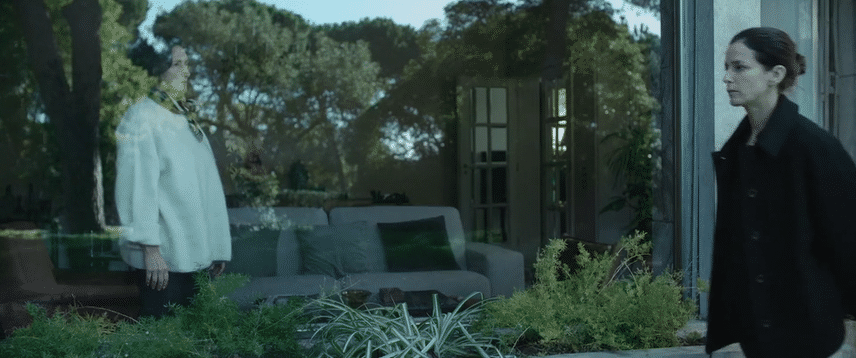
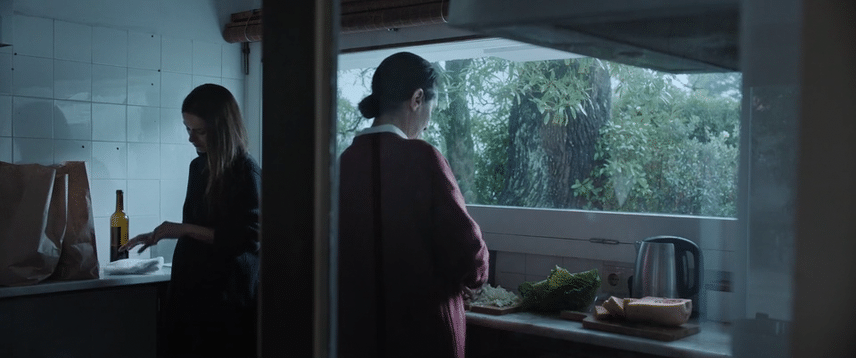
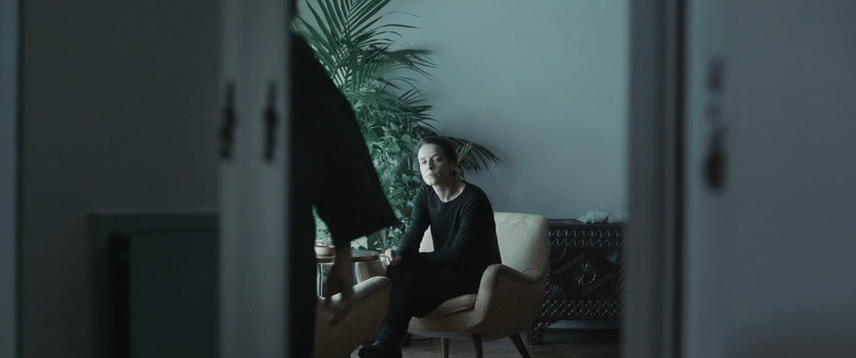
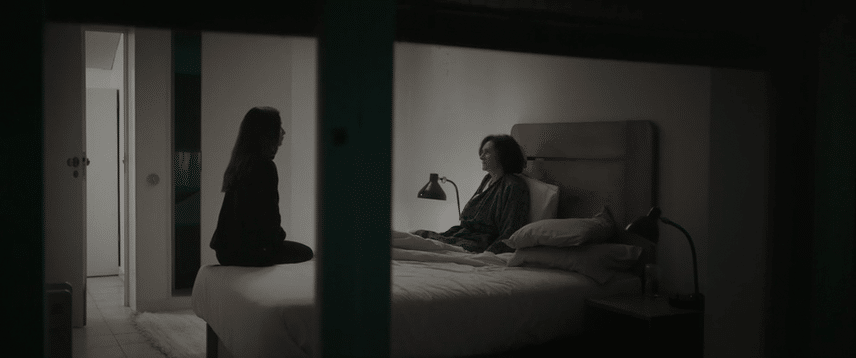

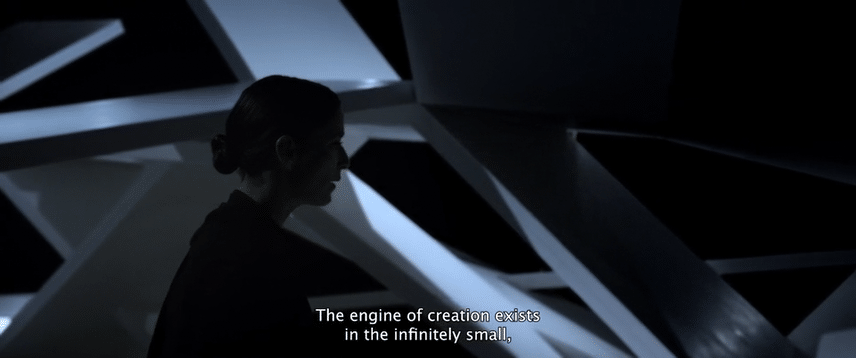
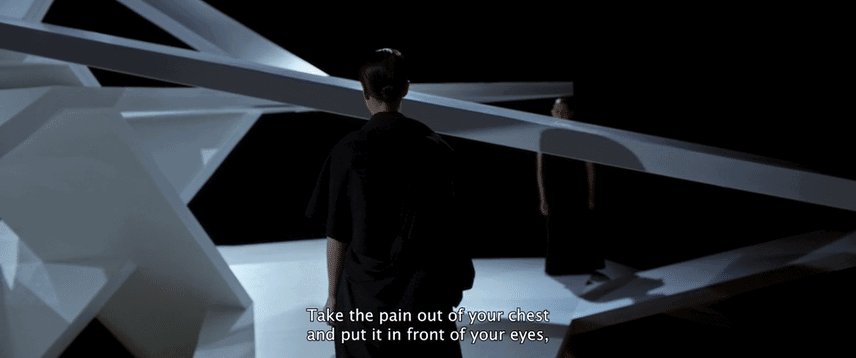
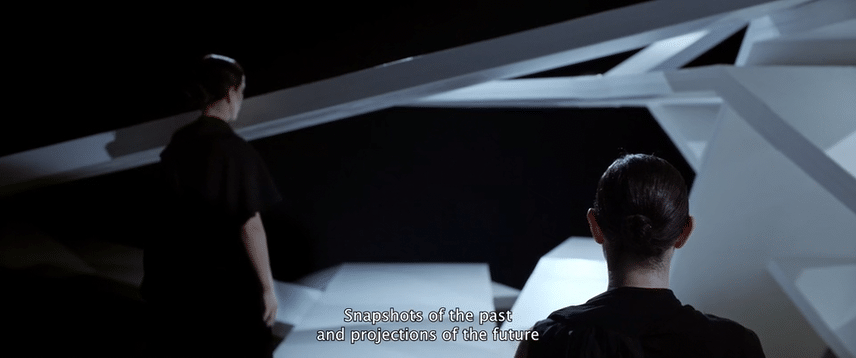
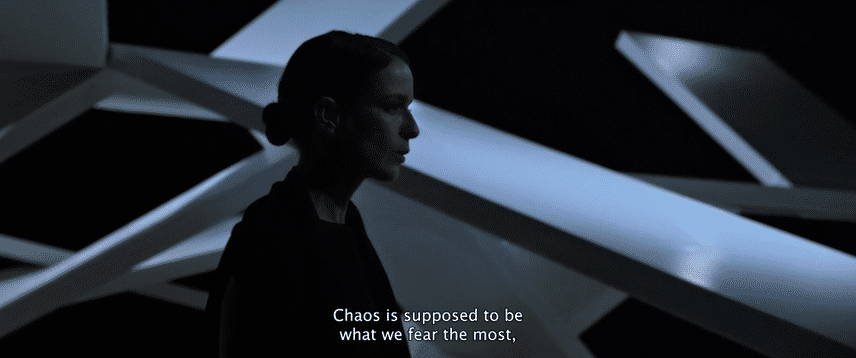


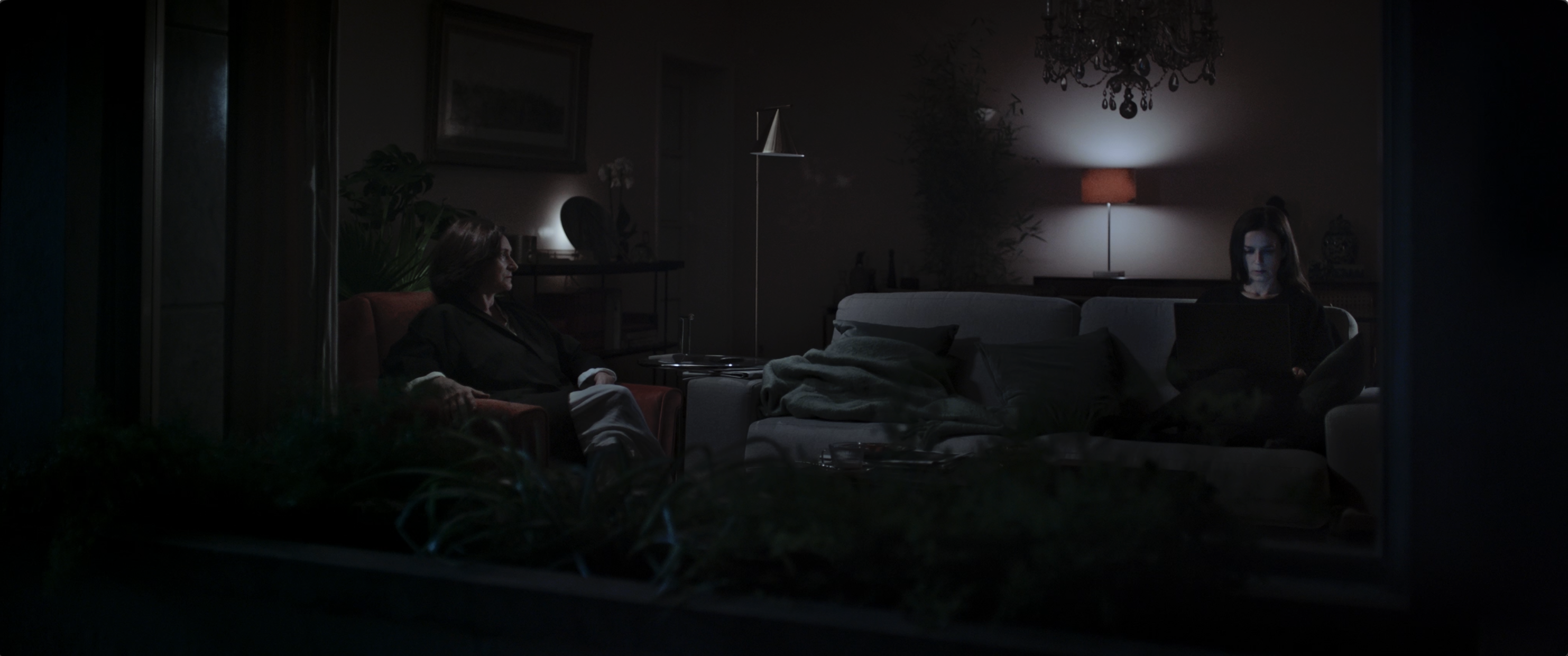
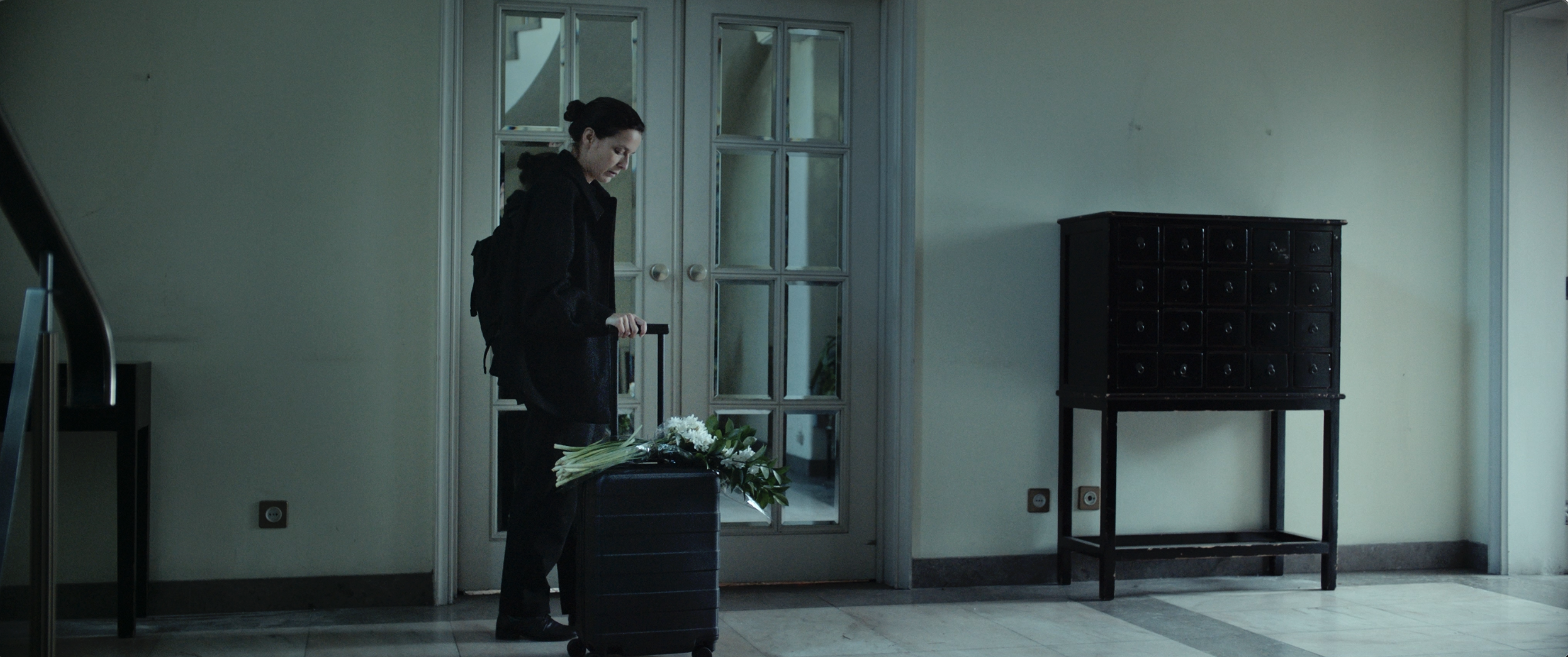
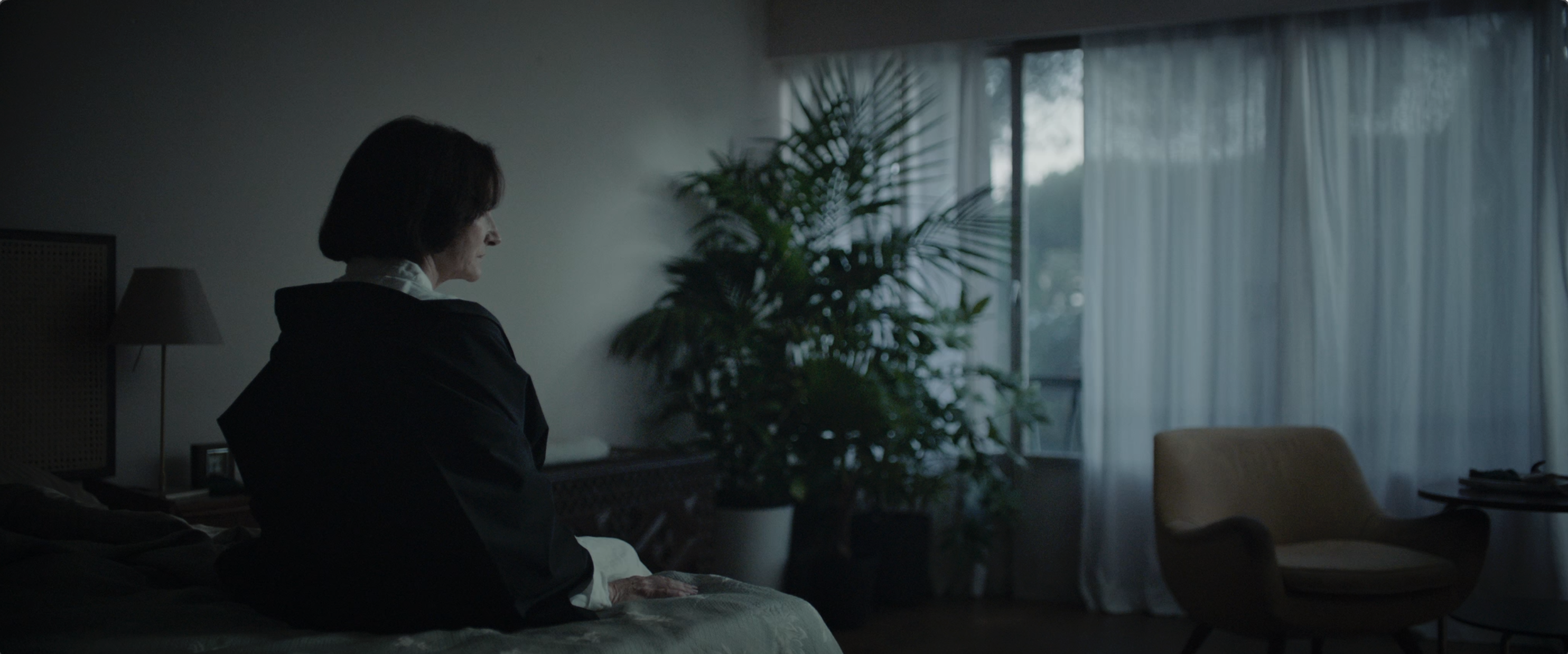
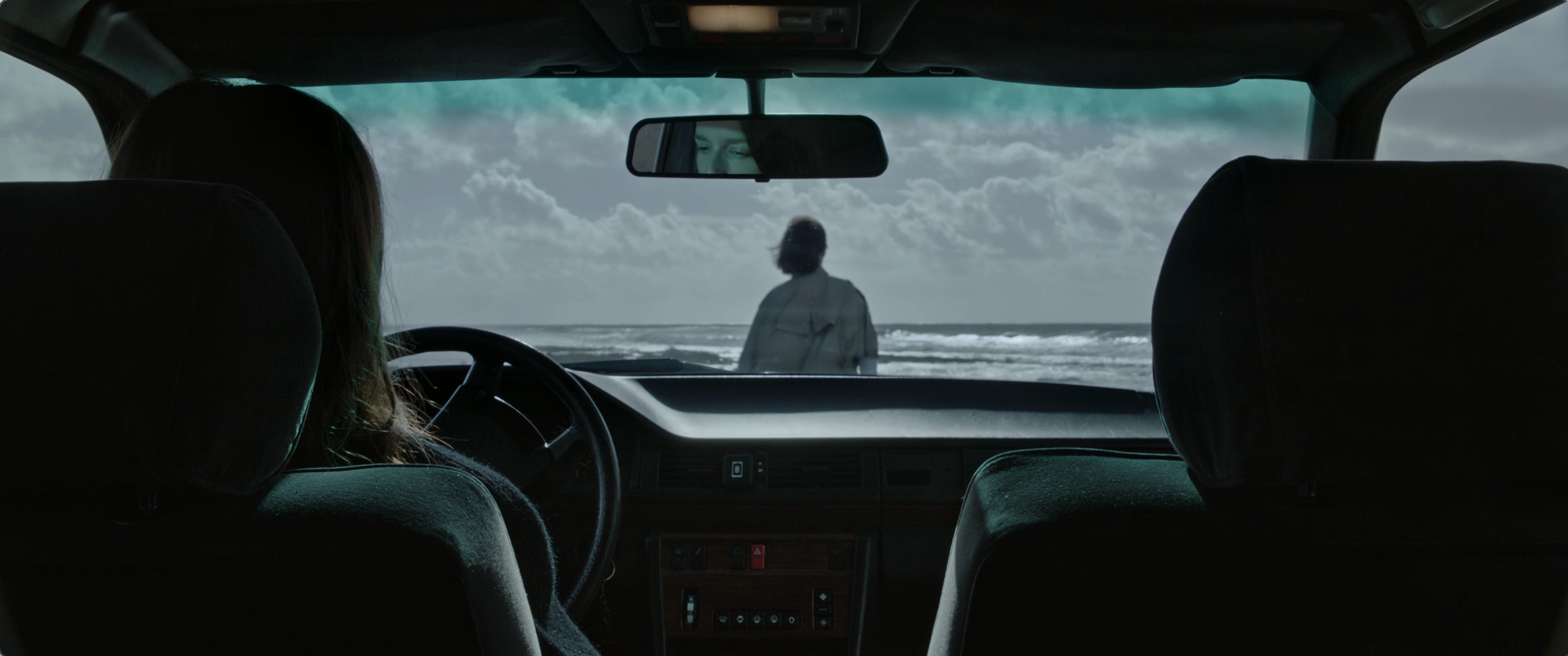
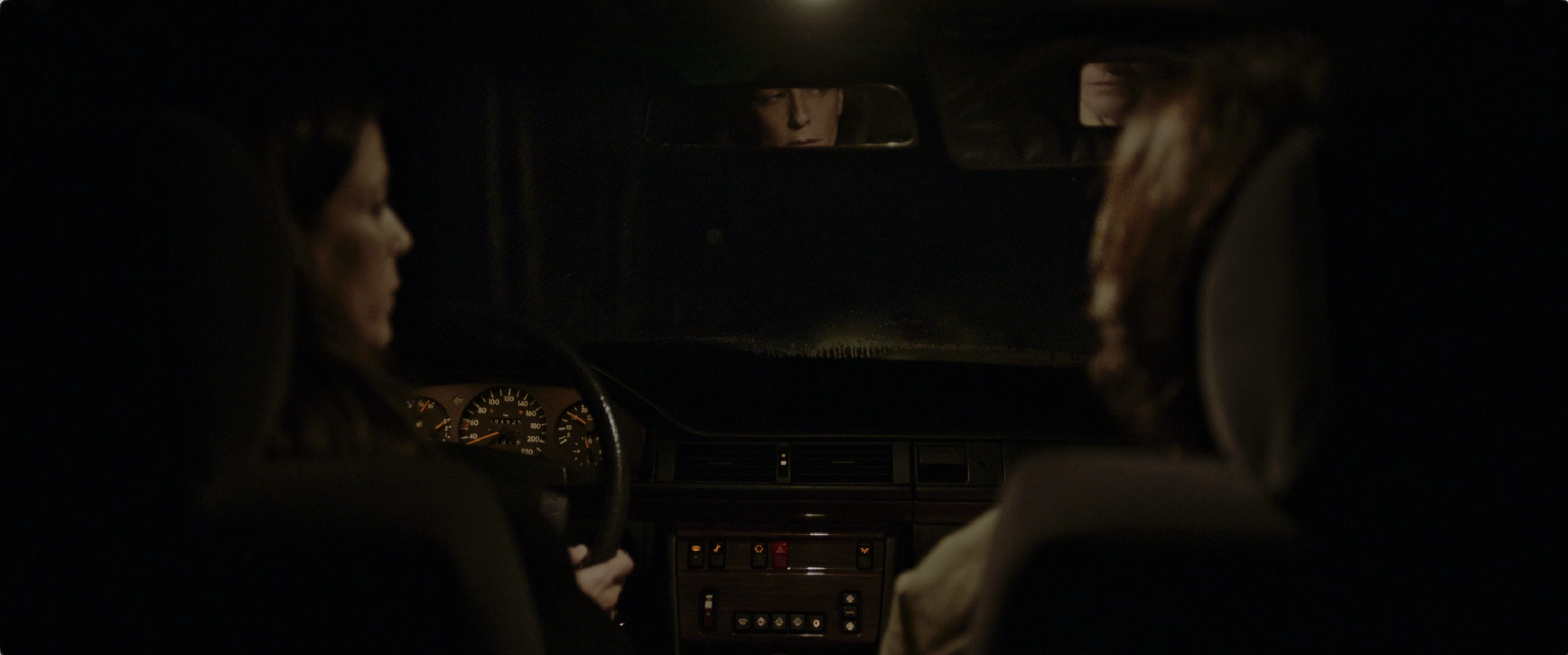

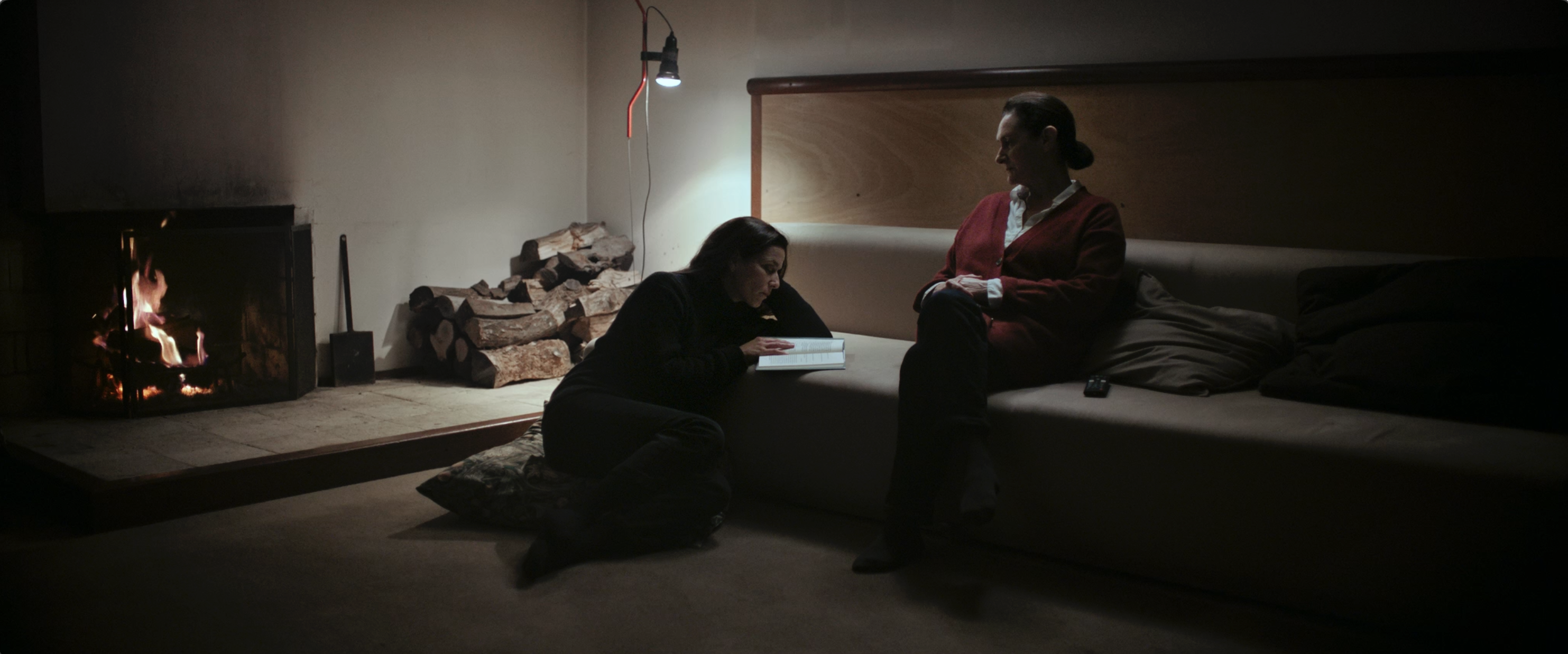






[…] The artist’s interest in impenetrable, politically ambiguous contexts is guided by concerns and the need to problematize reality that otherwise would not be possible. The web of relations making up the socio-political fabric of her projects is made visible through representational strategies, for which she adopted the term parafiction. […]
A parafiction would be something in which fiction has been perverted, altered, modified or pushed beyond its point of reference, as opposed to remaining within the boundaries of the category of fiction. It can also be understood as a “simulation” of fiction, pointing to a distortion of the border around what is considered fiction, thus reaching what is on the other side of that border: that is, the world of non-fiction, or seeking the “real” world. Thus, instead of fiction being used to blur the border with non-fiction, it is used as a way of expanding and transcending those boundaries.
Salomé Lamas departs from the principle that we do not have access to a stable reality. Instead we have an excess of meanings, interpretations, explanations, manipulations, (de)constructions and evaluations that go into narratives and systems that sustain and occupy us. Consequently, the need for appropriating the idea of parafiction stems from the questioning of how human subjectivity is formed, drawing on psychoanalysis, with the aim of clarifying and expanding concepts such as real (something that is out of reach), reality, symbolic and imaginary. […]
Sara Magno, On Parafiction
I wondered if there really is a separation, in what Jacques Lacan would propose of an alienation (in language) and a separation (of the daughter from her mother - castration - which we find in the concept of lamella, of the libido that separates the breast from the mouth and allows breastfeeding, which supplies the drives by occupying the erogenous zones). But isn't the concept of the unconscious already saying that separation is impossible, that something revolts in the face of separation? Chantal Akerman only lives as long as her mother lives. The death of the mother is the death of Chantal Akerman. The impossible, the real, is separation. What happens if we think that the separation - or rather: the separations - are in the real, not in the symbolic? They, the separations, are atomic, molecular. Separations are the power of anti-gravitational delirium and dreams that take place in the real; they are anti-molar because they escape the fall of bodies by producing other bodies. Gilles Deleuze and Félix Guattari propose an orphaned unconscious in order to disorganize a familist, familiar unconscious. Their film places the name Irma on a daughter, in a strange familiarity that produces a question: is every daughter a sister? Who would be the mother of these sisters? Orphaned sisters? The process of analyzing two orphaned sisters. The death of parents is to make them our siblings; is that what we can learn from psychoanalysis? Is the process of analysis always like this: becoming siblings with parents and others? In the unconscious, we are nomadic siblings, problem children living in temporary orphanages.
Lucas Ferraço Nassif, Gold and Ashes
[…] Communication as experience is co-respondence, a connection that requires separation to happens. It is not preceded by anything, even if, when it takes place, everything that precedes it is rightly called upon - history, customs, meanings and dictionaries, codes and techniques, conventions. Correspondence, I would say under the influence of Walter Benjamin, creates a monad. It is a space where two different times communicate. You and I are not from the same time. You are like a distant star that may already be dead when I speak to you, or even when you “speak” to me. It’s the same on my side, and heterogeneous times are never unified, they correspond in a flash, and sometimes the half-charred traces of their meeting remain on the ground, those sleepy archives I mentioned earlier. Now, you know that by communicating we mean exactly the opposite of that; we assume two disjointed spaces, and a simultaneity that links them to each other, through contact, contagion, transmission of signals, etc. At this point, it seems to me that contagion, viral transmission, whether we think of it literally or metaphorically, whether we’re talking about a virus or information, is a failure of communication, not its success. I mean: its concealment. […]
Fréderic Neyrat, Letter on communication
We’ve known that “Eros is sick” ever since the films of Michelangelo Antonioni and the writings of philosopher Gilles Deleuze. Not only has Eros not recovered since the 1960s, but worse still, Eros now shares his misfortune with Hermes, the god of exchange and communication. A sick Hermes: it seems to me that this is what Salomé Lamas' fascinating film Gold and Ashes is all about .
[...]
So, let’s imagine, what if the meta-physical dimension of philosophical-poetic formulas came to meet (again) the physical one, where Carmo and Irma suffer from not getting along? Would they be able to find each other again? After all, the film begins with a question against a white background, the whiteness of the original trauma that keeps dissolving the mother-daughter relationship from within: “Where am I?”, followed by a question addressed to another: “Where were you?” I can imagine this: if the metaphysical dimension were to meet (again, again for the first time) the physical dimension, even for a moment, in a flash, the mother would lose her coldness and the daughter her illusion about her mother. A kind of dazzling psychoanalysis would deliver Hermes, bringing him out of his apathy, giving him back a taste for laughter, for words that leave room for the other, underpinning the community of beings who lose themselves together. Gold would glisten in the ashes.
Frédéric Neyrat, No longer finding each other: Salomé Lamas' Gold and Ashes
The real (…) is the impasse of every representation, its impossibility, the infinity of what remains surrounding, what cannot be captured in it. The archives that define the boundaries of our history collect only what is important to the archive itself, that is, what somehow anchors the fluctuating possibilities in the present and organizes the experience of time. The real has an alienating effect because it is paradoxically perceived as all that is not collected in the archive, as its unarchivable outside.
[…]
In recent years, there has been a growing sense that the ground on which Western reason had established its dominion is crumbling beneath our feet, and that every system of orientation that has hitherto governed our actions is breaking down. In fact, it is precisely what “we” are that seems to be collapsing. Precisely this panic, which according to Latour gnaws at everyone equally, «at the former colonizers as well as at the formerly colonized» , would then be the new condition of our time: the new universality would consist in the common feeling that our ground «is in the process of giving way». The collapse of this unique ground should therefore reveal that far from being unitary and global, today’s world is instead a plurihistorical and multidifferentiated series of processes cascading across multidirectional waves of colonial, genocidal, and extractive modernities.
[…]
A necessary form of realism today requires a new sense of presence that precedes any representation, and at the same time the ability to perceive a world «peopled not with things but with forces, not with subjects but with powers, not with bodies but with bonds» . A context surrounds and embraces, yet remains imperceptible. The environment is thus an uninterrupted presence, it’s never in front of us but it is always all around. It coexists with the actual present, is here now, but in the mode of inactuality. Therefore, a georealistic materialism cannot be a realized, complete thought.
Giovanbattista Tusa, Terrafictions: Notes on georealism




